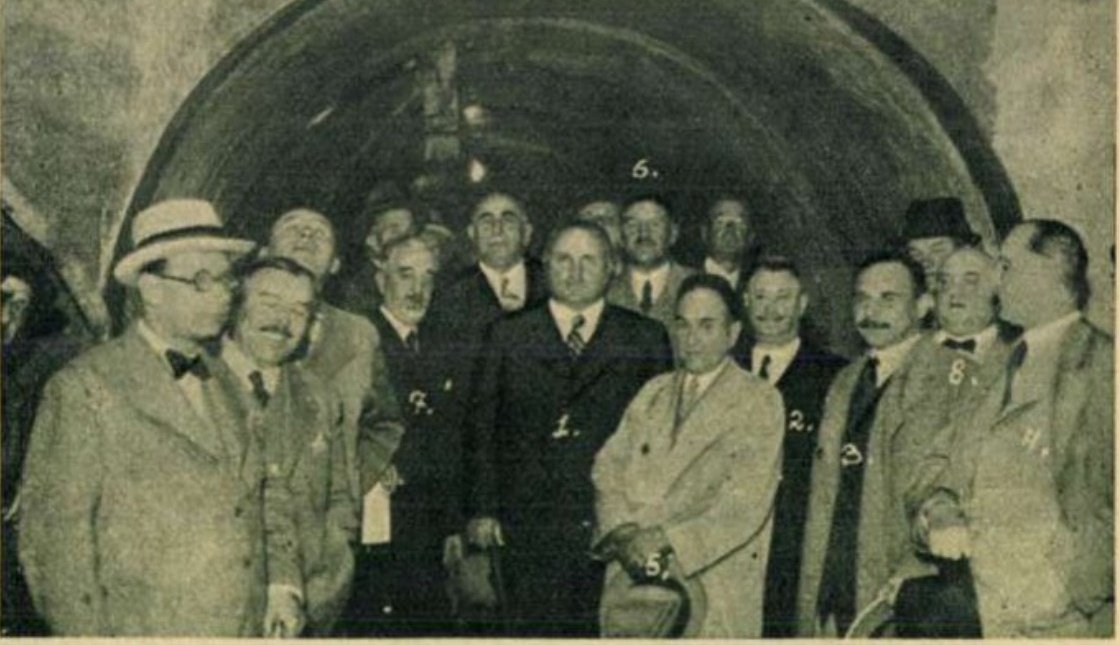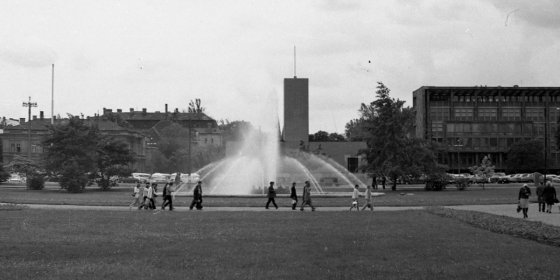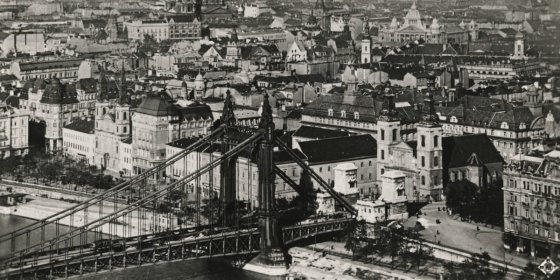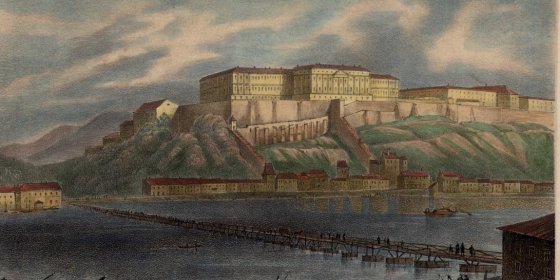 The „intertwined history” of the bridges and the city of Budapest
Which ideas and events have shaped the fate of bridges of Budapest and the cityscape? Alongside many other interesting facts, this question is also answered this newly published book by the Budapest City Archives, which introduces the history of bridges in Budapest.
The „intertwined history” of the bridges and the city of Budapest
Which ideas and events have shaped the fate of bridges of Budapest and the cityscape? Alongside many other interesting facts, this question is also answered this newly published book by the Budapest City Archives, which introduces the history of bridges in Budapest.
Water
 The drilling of the first tunnel under the Danube began 90 years ago
The drilling of the first tunnel under the Danube began 90 years ago
June 27, 2022 at 10:00 AM
It was an old dream to build a tunnel between Pest and Buda under the Danube, the idea already stirred the imagination of designers in the 19th century. But the first such construction took place only in the 1930s, namely on the northern border of Budapest, at the Szentendrei Island. This tunnel was not yet used for traffic, because water pipes were laid through it. Drilling began ninety years ago.
Fifty years ago: severe water shortages in Budapest
March 30, 2022 at 9:00 AM
As in the current drought, Hungary and Budapest was hit by a significant water shortage fifty years ago, exacerbated by an outdated water supply network and regular pipe ruptures. The situation was so critical in 1971–1972 that the water consumption of industrial plants was restricted and the population felt water shortages, as in many places there was no water flowing from the taps, so for a while the water supply had to be secured by water carts.
Only one-third of the apartments in Budapest had bathrooms in the 1930s
June 20, 2021 at 12:00 PM
In the first half of the 19th century, the facilities of apartments in Budapest did not even come close to what is usual today. According to statistics from 1930, 23 per cent of homes did not have plumbing, only a third had a bathroom, and just over half had a toilet.
Buda Castle and drinking water: Water pumps designed by Adam Clark completed 165 years ago
January 12, 2021 at 12:00 PM
A settlement needs water. And Buda Castle had various water supplies even in the middle ages. The city was supplied with water from the springs of Svábhegy and the Danube. Until the middle of the 19th century, pumps powered by animals pushed the water to the top of the hill. The first engine-powered pumping station in Buda was established 165 years ago, opening in 1856. Its designer was Adam Clark, the engineer that led the construction of Chain Bridge.
More articles
 The „intertwined history” of the bridges and the city of Budapest
Which ideas and events have shaped the fate of bridges of Budapest and the cityscape? Alongside many other interesting facts, this question is also answered this newly published book by the Budapest City Archives, which introduces the history of bridges in Budapest.
The „intertwined history” of the bridges and the city of Budapest
Which ideas and events have shaped the fate of bridges of Budapest and the cityscape? Alongside many other interesting facts, this question is also answered this newly published book by the Budapest City Archives, which introduces the history of bridges in Budapest.
 The Bridge Report, which brought a turning point in the history of Budapest
A travel report that changed the history of Pest and Buda, as well as Hungary. The little book contributed to the change of half a thousand years of legal customs and the implementation of an investment of unprecedented size and technical quality. This book was The Bridge Report [Hídjelentés in Hungarian].
The Bridge Report, which brought a turning point in the history of Budapest
A travel report that changed the history of Pest and Buda, as well as Hungary. The little book contributed to the change of half a thousand years of legal customs and the implementation of an investment of unprecedented size and technical quality. This book was The Bridge Report [Hídjelentés in Hungarian].
 Drama on the university wall - The heroic monument was planned 95 years ago
In the constant hustle and bustle of the Egyetem Square in Pest, the students may not even notice the monument that decorates the short section of wall between the church and the central building of ELTE. However, it commemorates their predecessors, the heroes who fought for their country in World War I, and those who heroically helped them. The first design of the dramatically collapsing soldier was born in 1928, ninety-five years ago.
Drama on the university wall - The heroic monument was planned 95 years ago
In the constant hustle and bustle of the Egyetem Square in Pest, the students may not even notice the monument that decorates the short section of wall between the church and the central building of ELTE. However, it commemorates their predecessors, the heroes who fought for their country in World War I, and those who heroically helped them. The first design of the dramatically collapsing soldier was born in 1928, ninety-five years ago.



